Full Automatic Constant Pressure Variable Frequency Water Supply Equipment is a new generation of hi...
See DetailsConstant Pressure Water Supply System: DIY Installation Risks?
Industry News-Thinking of adding a constant pressure water supply system to your home is exciting. The promise of steady showers, quiet pipes, and lower utility bills sounds almost too good to refuse. Yet when the online tutorial ends and the delivery truck drops a heavy box of pumps, sensors, and copper elbows on your driveway, excitement can turn into anxiety. What exactly are you risking when you decide to install the system yourself?
To begin with, there is the legal risk. In many jurisdictions, any work that alters the municipal water connection must be inspected and stamped by a licensed plumber. Skipping the permit may save a day of paperwork, but it also voids your homeowner’s insurance if a joint fails and floods the basement. When a neighbor’s unit caused a street-side leak last year, the utility traced the problem to an unapproved check valve and billed the owner for the full repair—almost twelve thousand dollars.
Second, there is the technical risk of mis-sizing the pump. A constant pressure unit relies on precise flow and pressure feedback. Online calculators ask for “average household demand,” yet they cannot see that your teenager takes twenty-minute showers while the washing machine and sprinkler run simultaneously. Undersize the pump and you will still get pressure drops; oversize it and the motor cycles on and off so often that it burns out within two seasons. Professionals measure actual dynamic head loss across your longest pipe run and add safety margins that a DIY spreadsheet rarely captures.
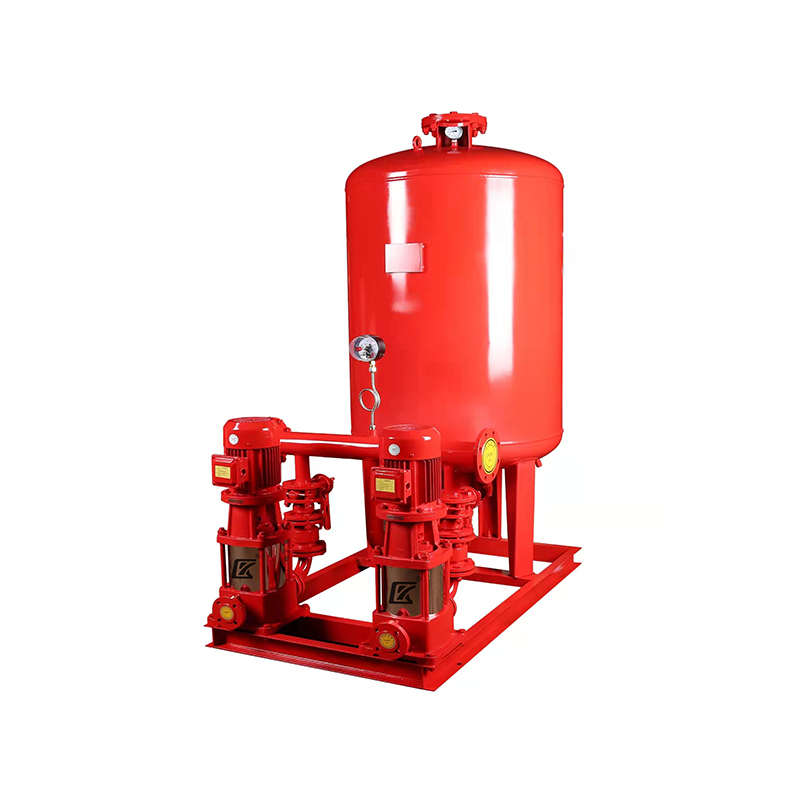
Third, there is the hidden electrical risk. many residential panels are not wired for a 240-volt, 15-amp pump circuit plus a variable-frequency drive that generates harmonic noise. If the grounding is imgood, the drive can back-feed stray voltage into your cable modem or smart thermostat. Licensed electricians know how to add isolation transformers and dedicated GFCI breakers; a weekend warrior often discovers the problem only when Netflix buffers every time the lawn sprinklers turn on.
Fourth, there is the contamination risk. A constant pressure system uses a small expansion tank and a backflow preventer. Install the preventer backward—easy to do when fittings look symmetrical—and contaminated water from your garden hose can siphon into the city main during a pressure dip. The health department can order an entire street to boil water, and liability again falls on the homeowner.
Finally, there is the calibration risk. The pressure transducer must be mounted at exactly the manufacturer-specified angle, away from vibration, and shielded from direct sun. A tilt of only ten degrees can shift the sensor’s zero point, causing the controller to hunt endlessly between 45 and 65 psi. The resulting water hammer can burst pipes behind drywall, creating thousands of dollars in hidden damage long before you notice a problem.
Does this mean every DIY attempt will fail? Not necessarily. If your home already has a modern PEX manifold, a spare 30-amp breaker, and you have calibrated instruments on hand, the project can succeed. For the vast majority of homeowners, however, the risks outweigh the savings. Hiring a certified installer adds roughly fifteen percent to the total cost yet buys peace of mind, full warranty coverage, and a workmanship guarantee that no YouTube video can match.


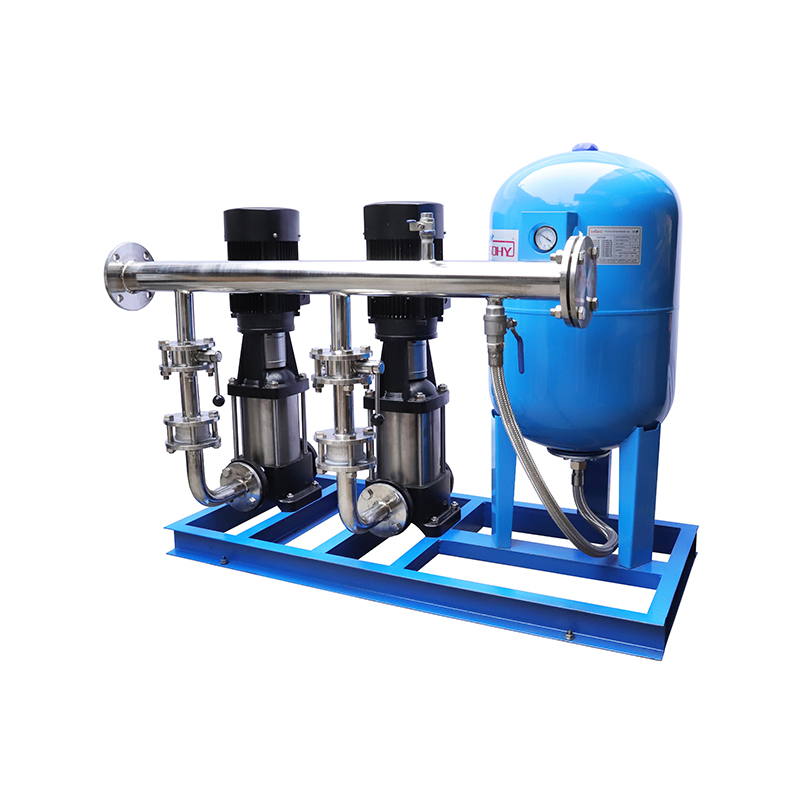
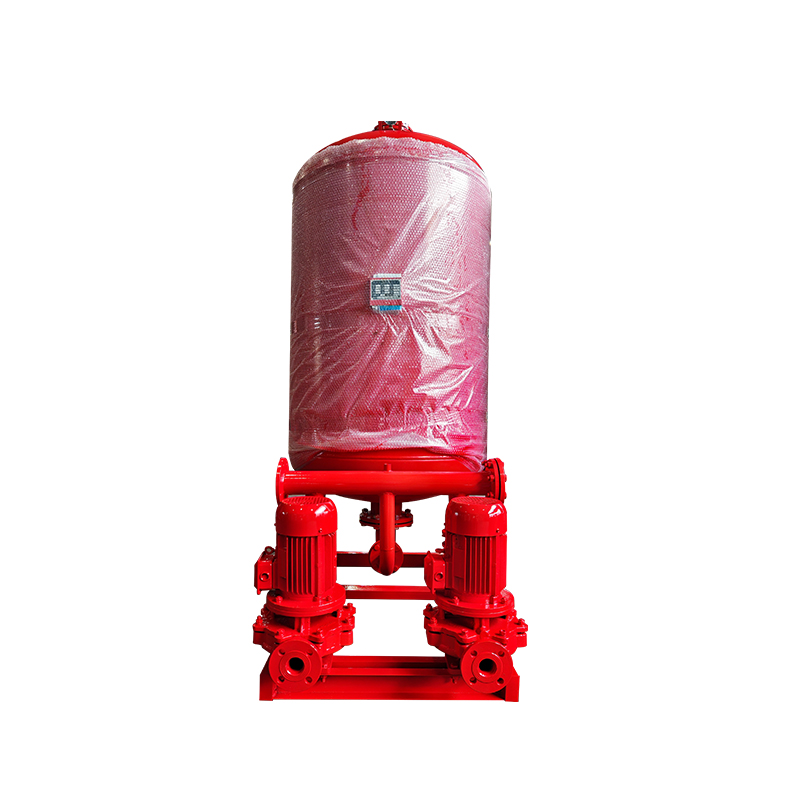

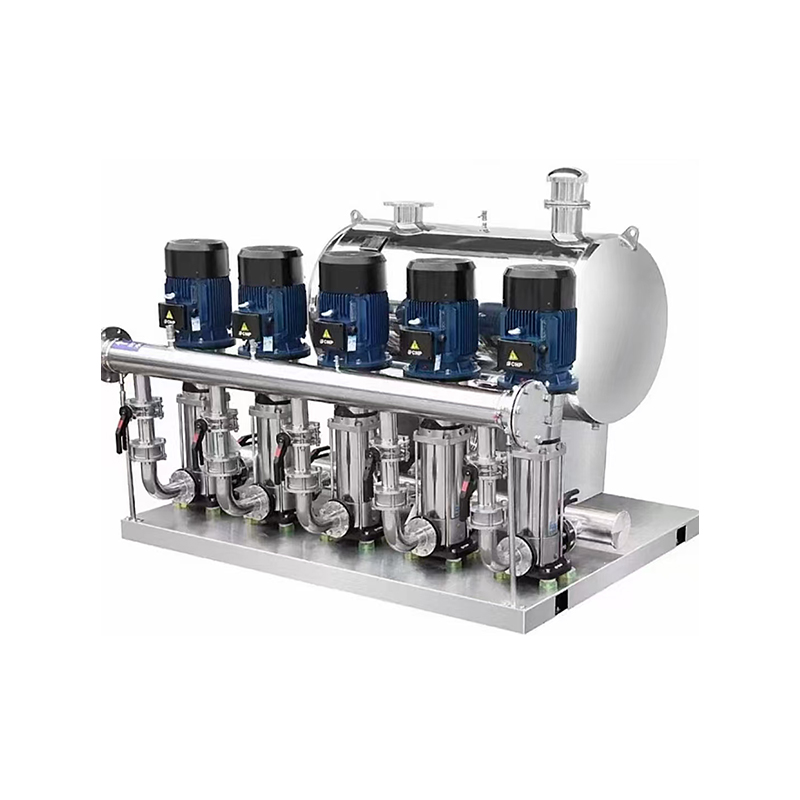

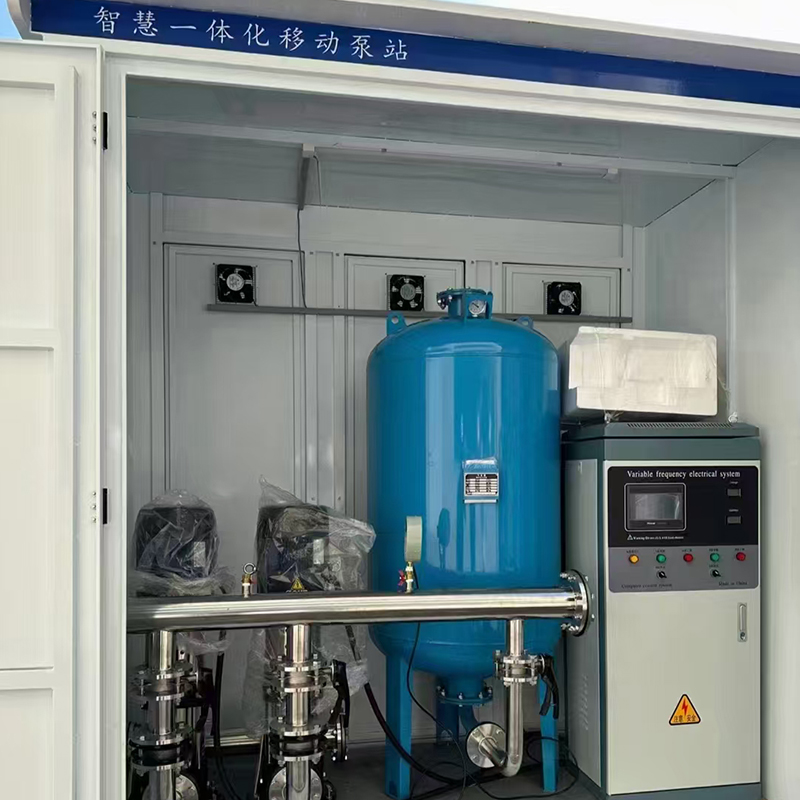

 浙公网安备33032402001888号
浙公网安备33032402001888号
